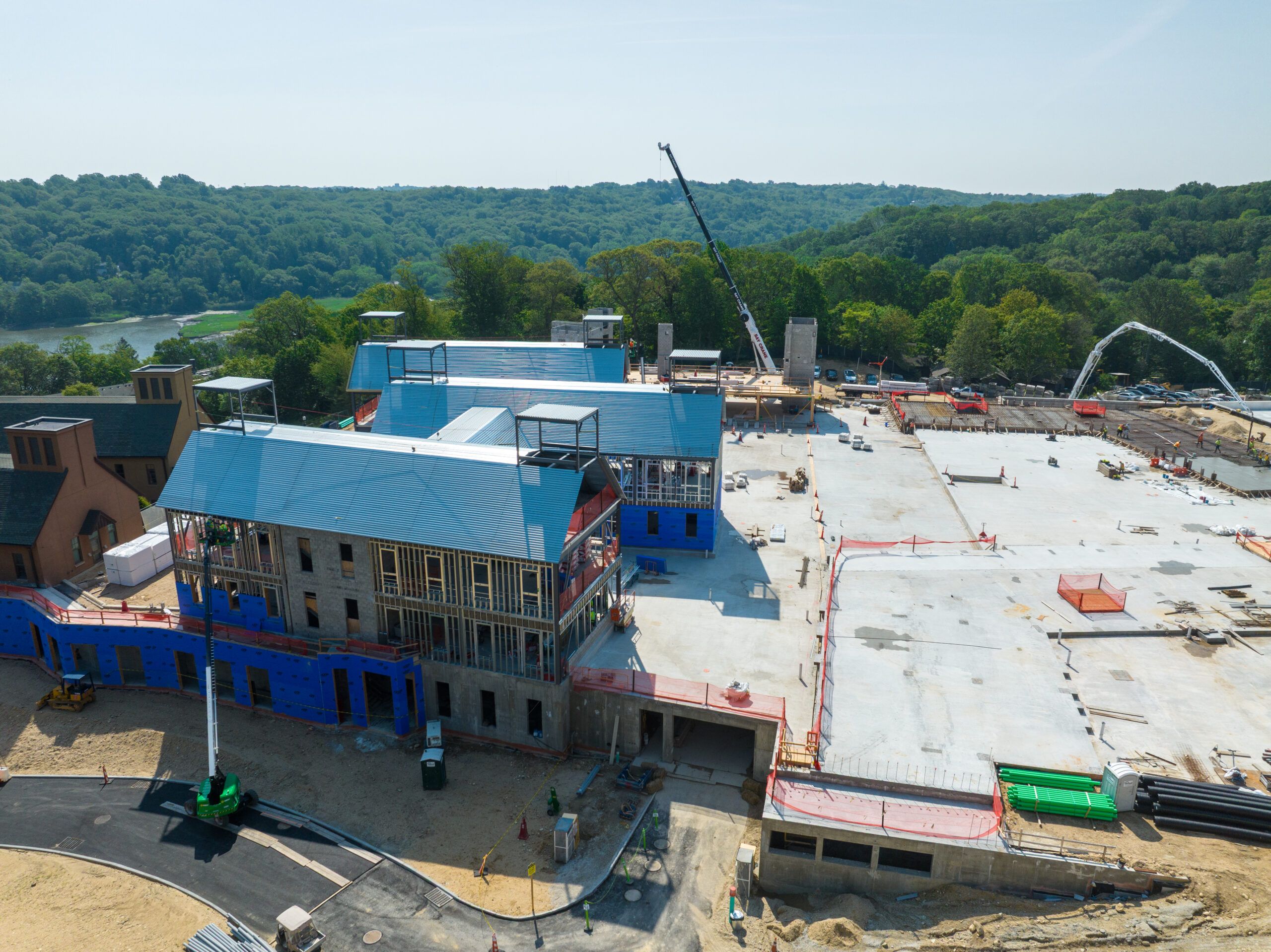Landscaping is more than just planting flowers or mowing the lawn – it’s about transforming outdoor spaces into functional, beautiful extensions of your home. A thoughtfully designed landscape boosts your property’s curb appeal, creates inviting areas for relaxation or entertainment, and increases your home’s overall value. Whether you’re crafting a backyard oasis or upgrading a front yard for better first impressions, landscaping has the power to elevate the aesthetic and practical aspects of your property. However, achieving the perfect outdoor makeover requires careful planning, the right materials, and attention to detail.
Let’s explore how you can create a landscape that combines beauty, functionality, and lasting quality.
1. Planning Your Outdoor Space
The foundation of a successful landscaping project is a well-thought-out plan. What do you want the purpose of this space to be? Are you looking for a quiet retreat, a family-friendly area for gatherings, or a visually striking front yard? Once you know your goals, measure your space and create a simple layout that includes key elements like seating areas, pathways, and plant zones.
It’s also important to consider your budget. Landscaping can range from cost-effective DIY projects to professionally designed luxury makeovers. Align your plan with what you’re willing to spend and prioritize areas that will give you the most impact.
2. Choosing the Right Materials
Selecting the right materials is crucial for a landscape that looks great and stands the test of time. For example, retaining wall blocks are ideal for creating sturdy garden walls or flower beds. They’re durable and come in a variety of styles to match your aesthetic preferences. Similarly, pathways and patios should be built with materials that complement the overall design while withstanding weather and wear.
When choosing materials, balance functionality and aesthetics. A visually appealing landscape should also be practical and easy to maintain. Partnering with a reputable stone or materials provider ensures you get high-quality products in the right sizes and finishes for your project. Quality materials might cost a lot more than low-quality materials. However, consider how they’ll save you money in the long run – by reducing the need for repairs or replacements.
3. Embracing Plant Selection Wisely
Plants are the heart of any landscaping project, so make sure you choose the right ones. Don’t make random selections – evaluate your local climate, soil type, and the amount of sunlight your space receives.
Mix greenery with seasonal flowers for a balanced and dynamic look. Consider layering plants by height to create depth and interest. Low-maintenance options like evergreens or drought-tolerant species can reduce upkeep without sacrificing beauty. Whether you prefer a vibrant garden or a minimalist design, thoughtful plant selection ensures your outdoor space thrives year-round.
4. Creating Functional Zones
Functional zones make your landscape more versatile and enjoyable. Divide your outdoor area into distinct sections, such as a seating area, play zone, or garden. Pathways and walkways can help define these zones while maintaining a natural flow.
When designing zones, think about how you’ll use each space. For example, a patio with comfortable furniture and shade can be a perfect spot for entertaining, while a quiet corner with a bench and greenery might become your favorite reading nook. By clearly defining areas, you can maximize the usability of your outdoor space.
5. Lighting for Ambiance and Safety
Outdoor lighting is a powerful aspect of landscaping. It serves two purposes: enhancing the beauty of your space and ensuring safety. The right lighting can transform your yard into an inviting evening retreat, highlight architectural or landscape features, and make pathways or entryways safer to navigate after dark.
Add functional lighting, such as pathway lights, which illuminate walkways and reduce the risk of trips and falls. Solar-powered options are energy-efficient and eco-friendly. For ambiance, consider string lights draped over patios, warm uplighting to accentuate trees, or subtle spotlights to highlight water features. Properly placed lights can create a magical atmosphere while remaining practical.
6. Adding Water Features
Water features can add elegance and calmness to any outdoor space. Isn’t the sound of running water soothing? Its calming effect can make your yard feel like a retreat. Whether it’s a simple birdbath, a bubbling fountain, or a koi pond, water features add an element of movement and life to your landscape.
For small spaces, wall-mounted fountains or compact water basins work well. Larger yards can accommodate ponds or cascading waterfalls. Before installing a water feature, consider its maintenance needs, too.
You don’t need an elaborate setup to enjoy the benefits of water features. Even a small, solar-powered fountain can create a focal point while being eco-friendly and cost-effective.
7. Maximizing Outdoor Storage Solutions
Outdoor storage can really make your life easier – it keeps your landscape organized and clutter-free. Incorporating stylish yet functional storage options ensures your tools, furniture, and other items are always within reach without disrupting the aesthetic of your space.
Garden sheds, for instance, can also be designed to match the look of your home or landscape, serving both as storage and decorative features. For smaller spaces, vertical storage, like wall-mounted racks for tools or plant shelves, can help maximize utility without consuming too much ground area.
Remember, a tidy yard is easier to enjoy and keeps the focus on your beautifully landscaped areas.
8. Maintaining Your Landscape
Once your landscaping project is complete, maintaining it is key to preserving its beauty and functionality. Regular upkeep ensures that your outdoor space stays vibrant and inviting throughout the year.
Watering is vital, but it’s equally important to do it wisely. Overwatering can damage plants, while insufficient watering leads to wilting and weak growth. Installing an irrigation system, such as drip irrigation or sprinklers, can simplify this task and conserve water.
Pruning plants and trees regularly encourages healthy growth and prevents overgrowth that can make your landscape look unkempt. Lastly, inspect hardscaping elements like pathways, retaining walls, and patios for wear and tear. Prompt repairs can prevent small issues from becoming costly problems.
Landscaping is more than just an aesthetic upgrade – it’s an investment in your home’s value, functionality, and enjoyment. Whether you choose to handle certain projects yourself or leave everything to the professionals, the key is to approach the process with a clear vision and commitment to quality. Your outdoor space has the potential to become a retreat that enhances your lifestyle and brings lasting satisfaction.











